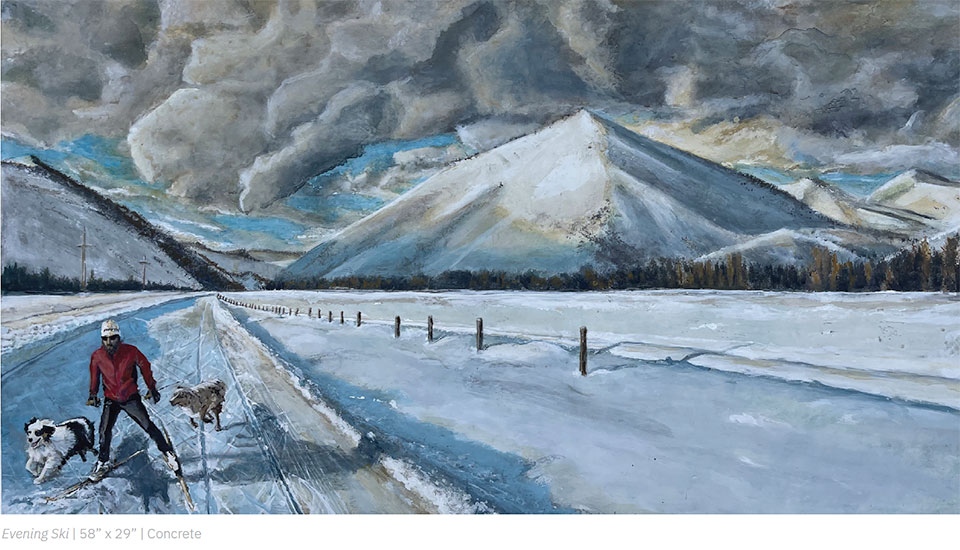Art in Sun Valley
by Sabina Dana Plasse
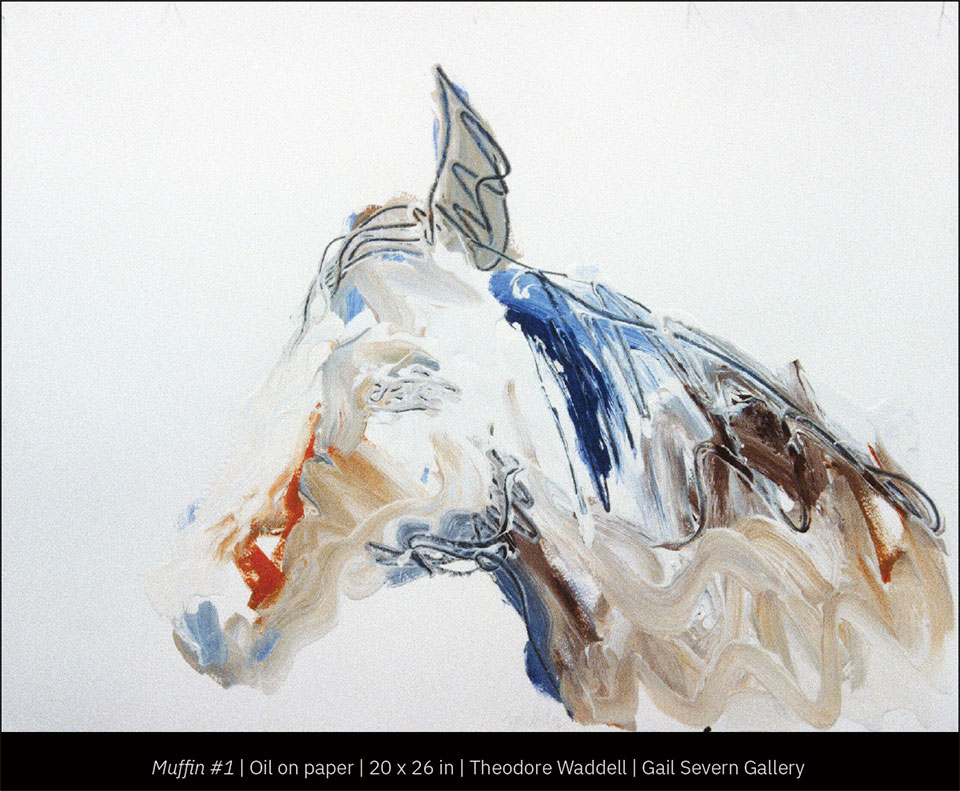
Sun Valley Art & Artists Raise the Culture Bar, Emerging & Established Artists Offer New Works
Mountain West art mecca, Sun Valley is home to a host of artists and galleries constantly offering new work to appeal to a range of art collectors and enthusiasts who find joy and intrigue in an interpretation of the West through fine art. At Gail Severn Gallery, honoring its longtime artists who connect to the West as a source of inspiration, new exhibits will feature a variety of work, from group shows to two-person complementing exhibitions. Sun Valley-based artist Melissa Graves Brown reveals a new perspective on her well-known aspen groves with moody colorful works, including her interpretation of seascapes. And the latest from Jonathan Nasvik explores Sun Valley heritage inspired by nature through his unique concrete artworks. Work from painter and ledger artist Terrance Guardipee presents Native American heritage in brilliant color along with fascinating storytelling inherent in his tribal culture. It’s a winter to collect art and enjoy works on display by these artistic masters.
Gail Severn Gallery Honors its Artists
A series of exhibitions reveal a lifetime of achievements
Gail Severn Gallery has long provided the Sun Valley arts community with a roster of national and international artists, many of whose work is collected by museums, private collectors, corporations, and businesses worldwide. Gail Severn Gallery also manages several artist estates, providing guidance for collectors on the acquisition of limited and sought-after works.
“When you work with an artist for a very long period, you realize how important their legacy is and endeavor to find opportunities that support the artist’s life work,” says Gail. “Not all artists have the notoriety that will land their work in the collections of the Met, Museum of Modern Art, Guggenheim, or Whitney, but it’s still important to continue their legacy, so their unique contribution to our artistic and cultural heritage does not disappear.”
For over 45 years, Gail Severn Gallery has continued to build upon its impeccable reputation in the Mountain West for presenting emerging and established artists, offering exhibitions, and participating in art fairs to represent the collectible works of unique and gifted artists. Gail Severn Gallery also works alongside curators for museum exhibitions and produces a variety of publications for its artists, documenting the many vital works that exist and continue to be celebrated by all.
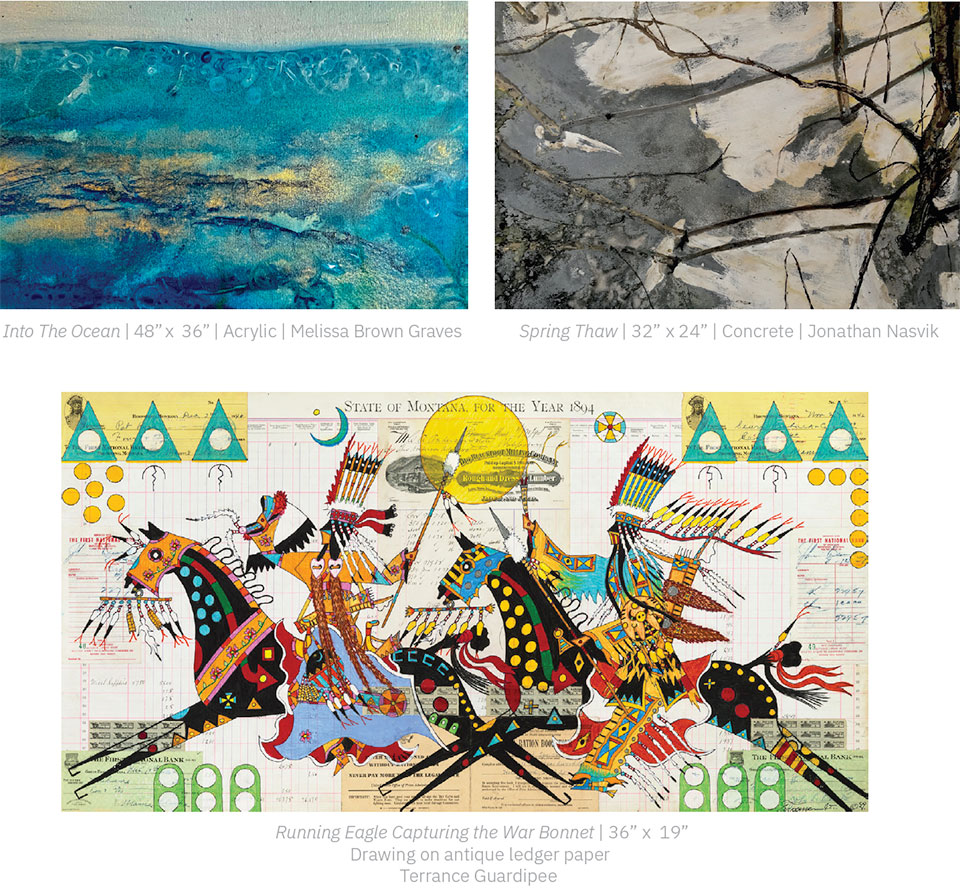
““Art helps people respect what is going on in the world. It gives individuals a place to live, think, and be introspective. It lets people live with creativity and offers a place to find solace and perspective.”
–Gail Severn, Gail Severn Gallery
“The one thing about art and history is that art has always documented what is happening,” says Gail. “Art helps people respect what is going on in the world. It gives individuals a place to think and be introspective. As a site of creative discourse, art offers a place to find solace and perspective.”
Upcoming exhibitions at Gail Severn Gallery will feature longtime gallery artists Michael Gregory, Theodore Waddell, James Cook, Carolyn Olbum, and Raphaëlle Goethals. The gallery will also mount a group preview show for 2023, highlighting an array of work from their robust stable of artists working in a variety of media.
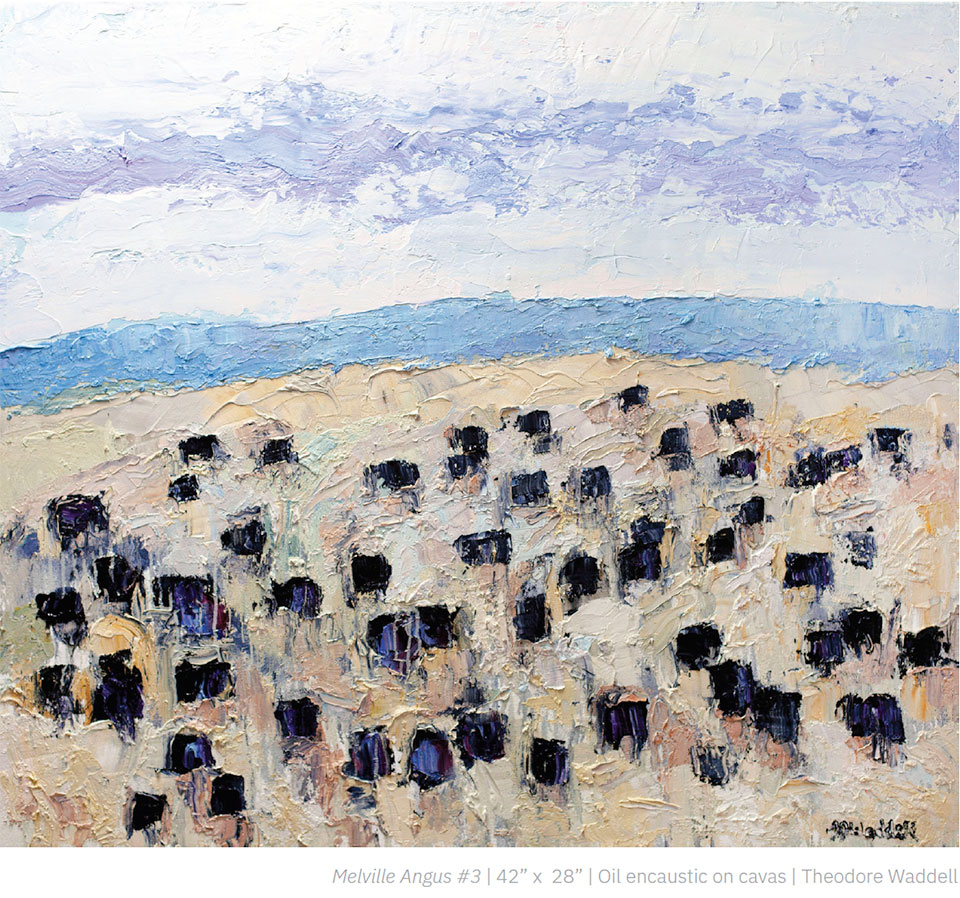
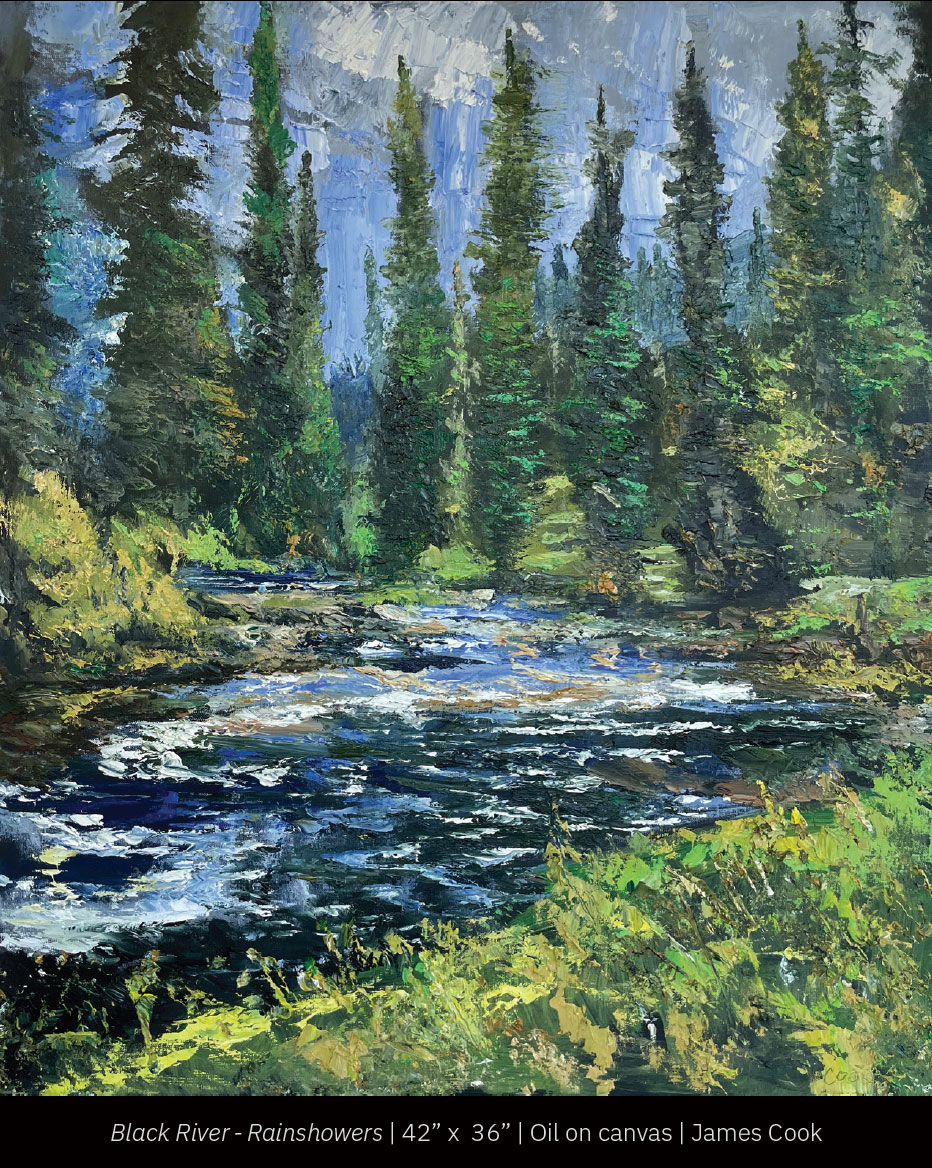
“These shows have been planned to honor several of our artists,” says Gail. “These particular artists have been exhibiting with the gallery for many years.”
A part-time Sun Valley resident, Carolyn Olbum is a collector, observer, and creator inspired by the Wood River Valley. Combining dried vines and branches, seedpods, and fallen leaves for her assemblage sculptures, she reveals evidence of the natural histories around us. Through a process of transformation, Olbum layers her found raw materials with artificial ones, and then casts them in bronze. Olbum creates sculptural mythologies that tell of the evidence of lived life, the passage of time, the mysterious, and the ethereal.
“Carolyn took classes at the Sun Valley Center for the Arts, now the Sun Valley Museum of Art, when it first opened, and I was teaching there,” says Gail. “I decided it was time to honor our prominent artists who have been exhibiting in the Valley for many decades.”
Carolyn Olbum and Raphaëlle Goethals’ exhibition in February 2023, Here and Now, includes Olbum’s sculptures of discarded tree limbs, petrified roots, and dried vines, which tell a story of regeneration. Exhibited alongside Olbum will be the work of abstract painter Raphaëlle Goethals, who challenges space and time with ethereal compositions that root us in a present moment of beauty.
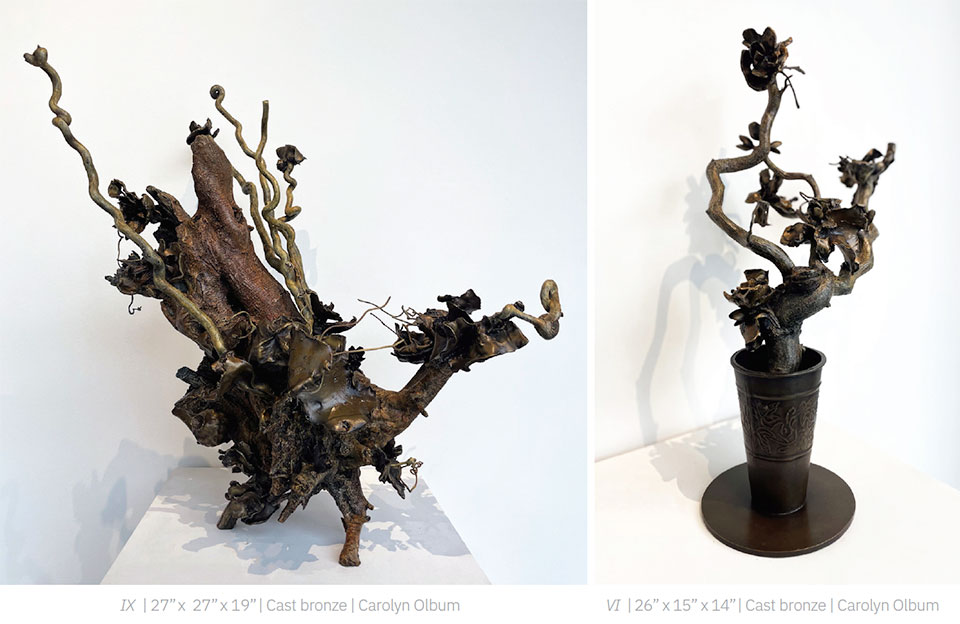
Goethals is known for her signature layered encaustic and sophisticated minimalism, which she fuses to create non-representational masterpieces. Her works, which seem to defy gravity, emphasize light, texture, and vibrant color. Like Olbum’s ability to capture and freeze her subject, Goethals suspends the viewer weightlessly in front of her morphing galaxies.
For December 2022, the Gallery will present new works by Michael Gregory, who splits his time between the East and West coasts. Gregory paints richly detailed realistic landscapes executed from imagination and memory. He is fascinated with studying old barns and silos, which have become his most frequent and signature subjects. His depictions vary from up close and centered to those seen from a distance. Other favorite subjects include flowers isolated under bright lighting, precariously balanced houses made of cards, and stucco buildings. Gregory is known for his incredible luminous use of color no matter the subject, which, regardless of age, always appears contemporary.
Preview 2023, a group exhibition, will run from December 2022 through January 2023. This exhibition will showcase artists participating in group and solo exhibitions in the coming year. The established and emerging artists include Laura McPhee, Hung Liu, Rana Rochat, Kathy Moss, Betsy Margolius, Marcia Myers, Diane Andrews Hall, Allison Stewart, Chris Maynard, Kenna Moser, Lisa Kokin, Jennifer Markowitz, Don and Era Farnsworth, Kiki Smith, April Gornik, Squeak Carnwath, and Jun Kaneko.
As western artists, the work of Theodore Waddell and James Cook, which will be presented in Seen with the Brush, a two-person show in February 2023, exemplifies how the West inspires artists. Waddell’s paintings reflect his enthusiasm and lifestyle, whereas Cook’s work revels in the majestic surroundings of nature. Each works at length to give a traditional subject matter a contemporary appeal, and they are excellent close colleagues. Seen with the Brush explores dual interpretations of the western landscape and will feature new work by both artists, offering a fresh perspective on long-established artists.
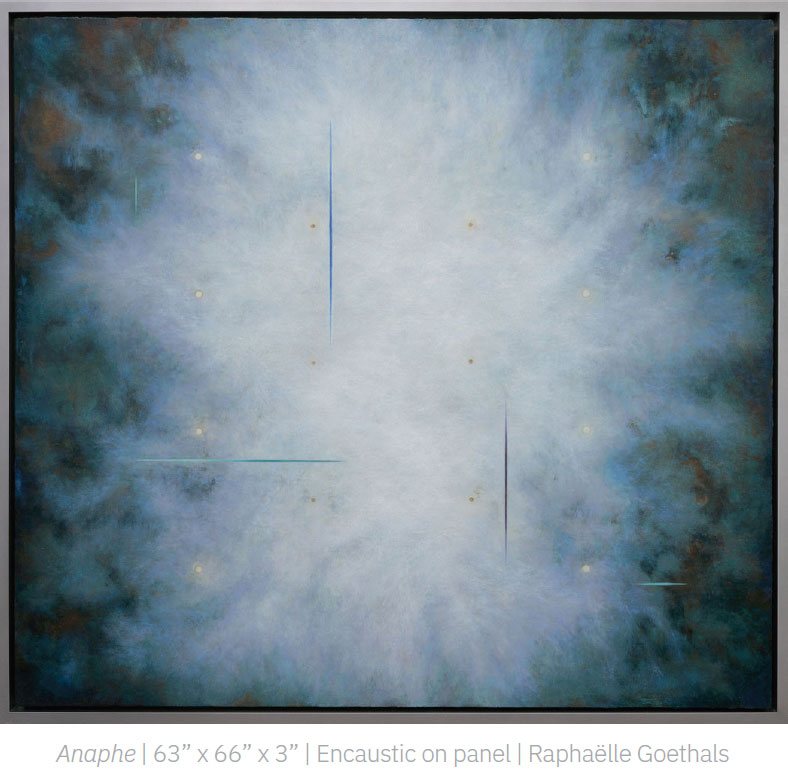
“Making all these shows come together is an incredible staff. We all work extremely well as a team. It’s a group of perspectives that come together. We respond to things with each other, and there’s nothing better. Everybody brings something to the table, and I am very fortunate to work with all of them.
–Gail Severn, Gail Severn Gallery
“Montana and Idaho are rangelands,” says Gail. “Waddell and Cook depict these areas like no one else. Both artists recreate these landscapes in a stylistic way that is not just western. Using painterly abstraction and impressionistic gestures, they offer a contemporary take on a very traditional subject matter.”
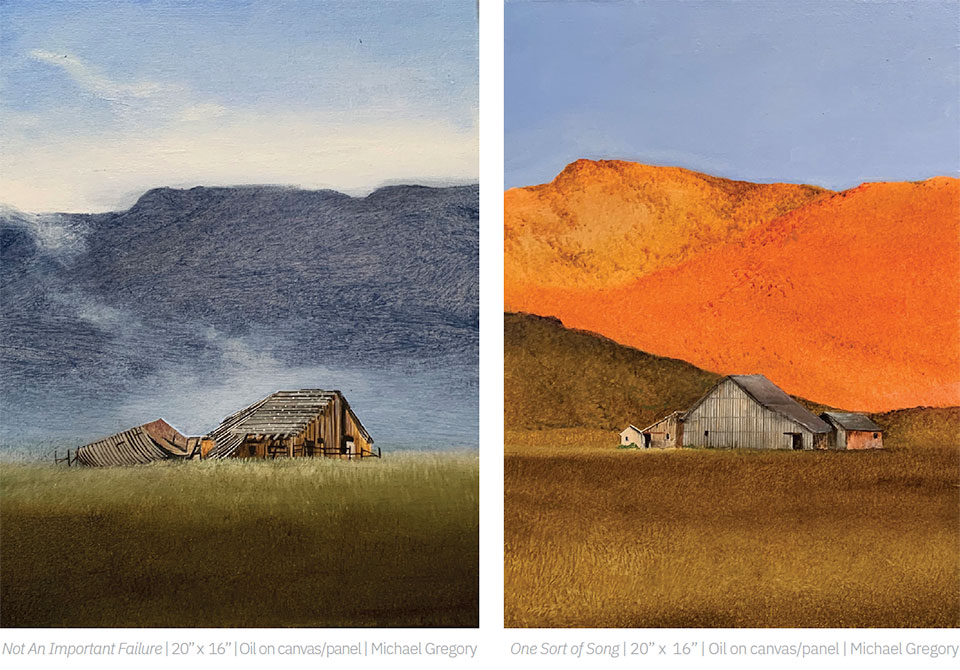
In March 2023, Gail Severn Gallery will present solo and group exhibitions featuring Gary Komarin, Kathy Moss, Betsy Margolius, Chris Maynard, Carolyn Olbum, Raphaëlle Goethals, Nicholas Africano, Maggie Shafran, Therman Statom, Pegan Brooke, and Jane Rosen.
“Making all these shows come together is an incredible staff,” says Gail. “We all work extremely well as a team. It’s a group of perspectives that come together. We respond to things with each other, and there’s nothing better. Everybody brings something to the table, and I am very fortunate to work with all of them.”
Visit Gail Severn Gallery at gailseverngallery.com for more details on each exhibition and upcoming artist events at the gallery.
Evoking the Spirit of Art
Jonathan Nasvik gives concrete an artist’s touch and vision
Jonathan Nasvik, a lifelong artist, knows, understands, and revels in concrete, which, for him, has never gotten old but continues to fascinate instead. It is his passion to use concrete, an ancient and common building material initially developed by the Roman Empire, in an entirely unique way.
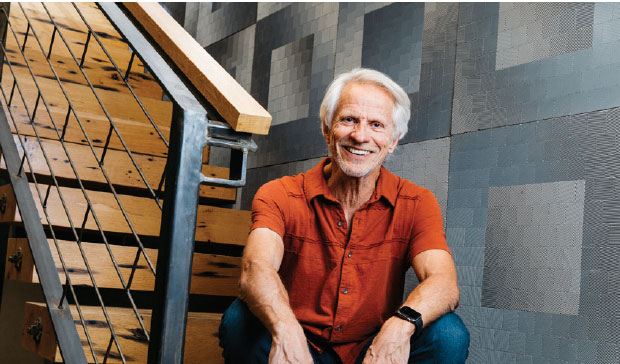
“I like the idea of representing local art. This is Idaho, where I find a great deal of my inspiration in its natural beauty.”
–Jon Nasvik, Concrete Artist
“Art is not easy for me,” says Nasvik. “It’s a process that involves a fair bit of time to think about, plan out, and lay down, made real from a series of feelings, ideas, and anxiety that often churns up in my head for weeks before mixing any colored pots of concrete. When that happens, I get excited and critical with every new layer of shape, color, texture, and expression that evolves into reality with every new project.”
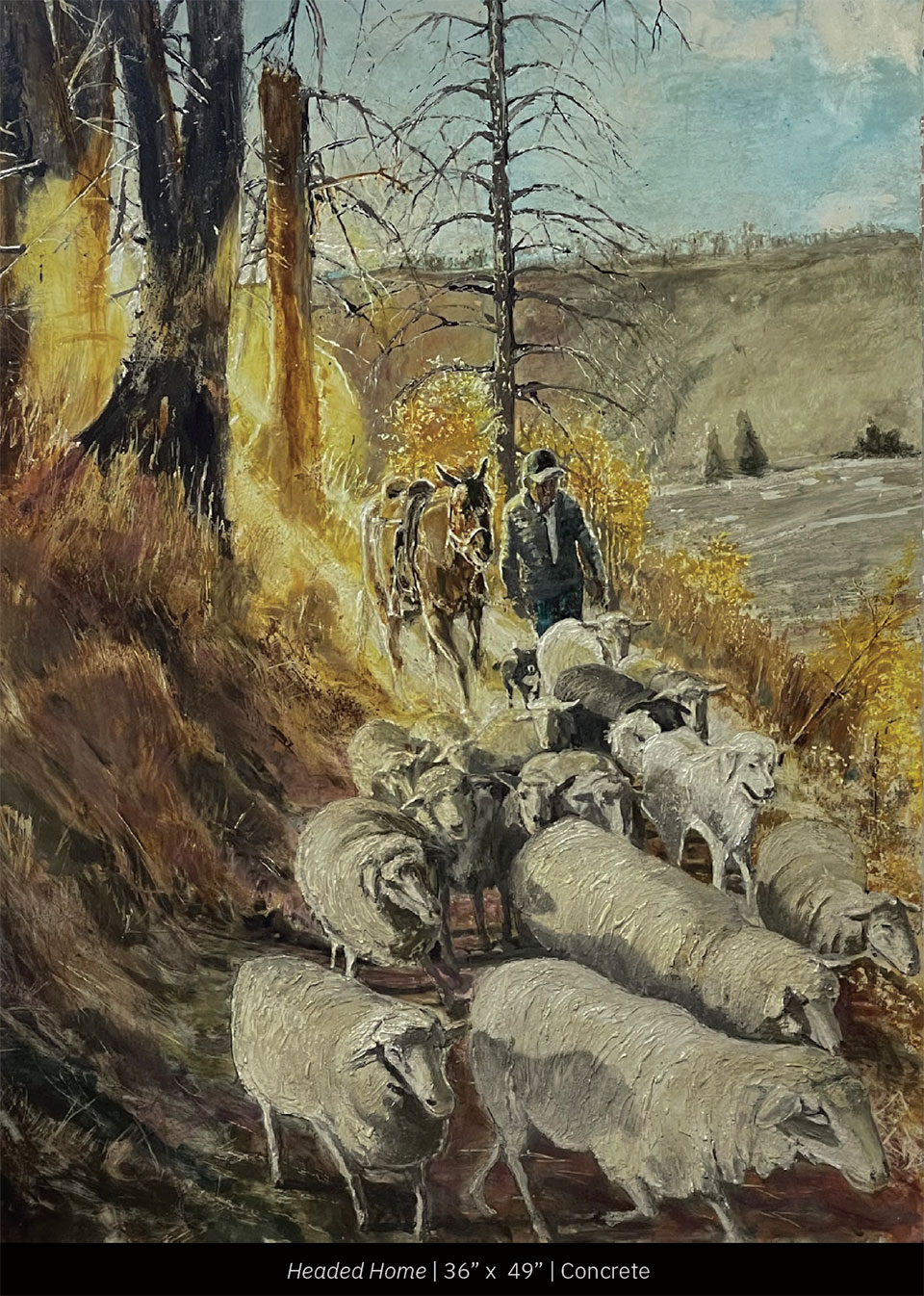
One of Nasvik’s most recent works, Headed Home, evolved from a late-afternoon autumn hike at peak foliage with his wife and daughter. Capturing the sunlight through a pine tree, he was inspired by the golden light that outlined his wife, daughter, and other objects along his hiking route.“My interest in light and color from this particular hike inspired me to create a scene with a sheepherder with his horse, dogs, and a group of sheep, which is what can be found along many Wood River Valley hikes in the mountains at this time of year,” Nasvik says. “I like the idea of representing local art. This is Idaho, where I find a great deal of my inspiration in its natural beauty.”
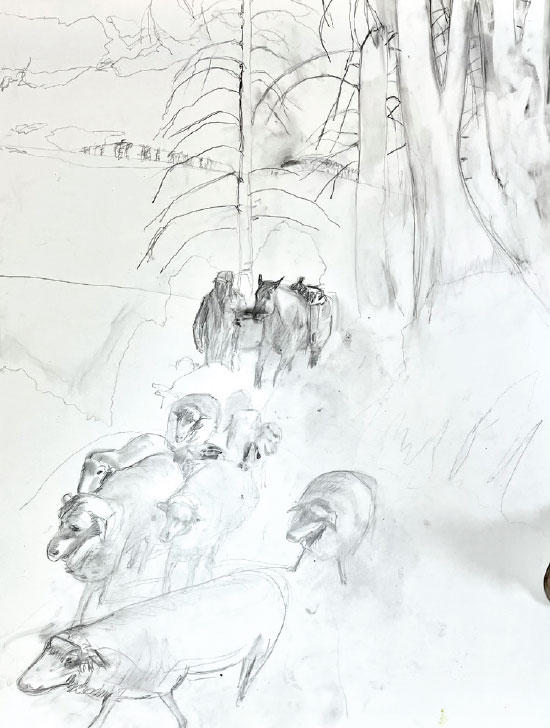
“You’ll notice that the original layout is backwards. Thats because the painting is technically a casting where the image is made with layers of colored concrete applied over a sheet of melamine until it is about 1/8” thick And then, after it hardens I peel it off the melamine and flip it over to reveal the reverse version. Kind of like making a print.”
–Jon Nasvik, Concrete Artist
As an artist working and living in the 21st century, Nasvik senses that climate change affects his feelings about the here and now. It’s more beauty than recollection because he feels he could be looking at some aspects of nature for the last time, so he wants to capture what he can in his chosen art form. “I am inspired to present this or at least record it,” says Nasvik. “I want to enjoy it because it is here and shouldn’t be forgotten.”
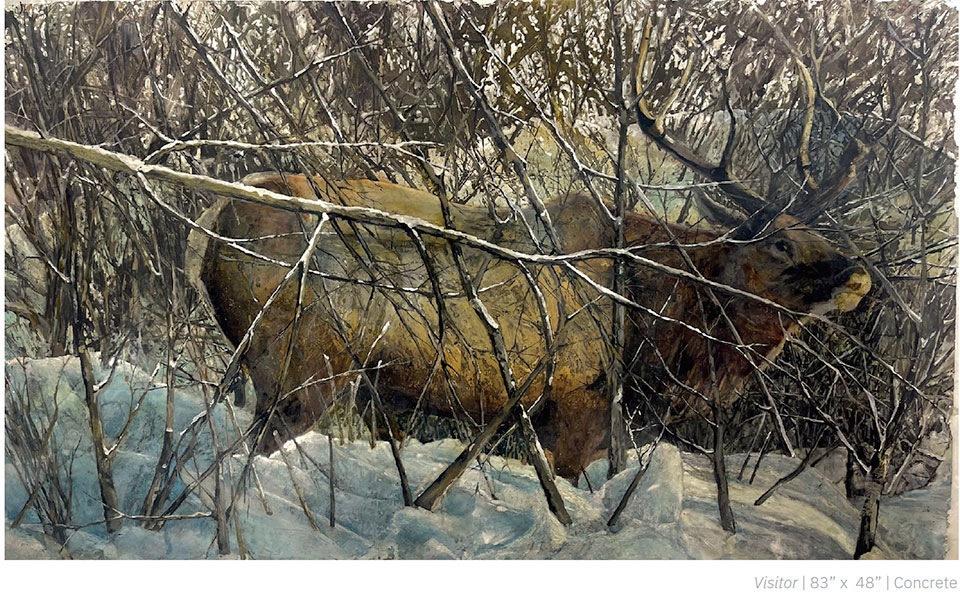
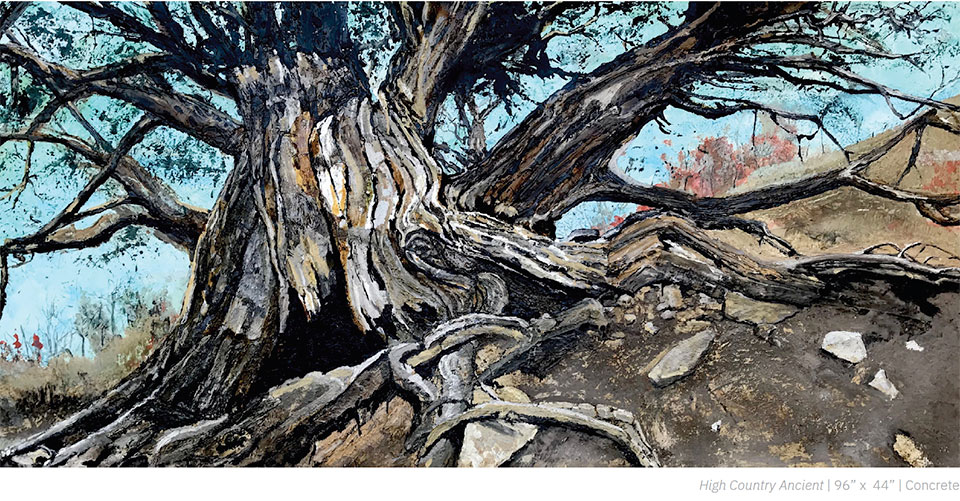
Nasvik’s focus and vision for his artistic endeavors in creating his original pieces usually begin as a backward layout. It’s because the “painting” is technically a casting and the image is made with layers of integrally colored concrete applied over a non-stick surface until it is about an eighth of an inch thick. Each new layer hides portions of or all of the previous layers, which is perhaps the most fascinating element of Nasvik’s form and function in his concrete art because, at some point, he is no longer able to see it.

“It becomes a mystery,” he says. “So, after it hardens, it is lifted off the non-stick surface and flipped over to reveal itself for the first time; it’s like opening a surprise package. It can be exciting, just right, or it can take me down a new path. It can also reveal big mistakes, often good for learning and improving my ability.”
Recently, Nasvik created artworks to be more like wall hangings rather than big mural pieces or wall installations, cutting down the thickness to an eighth of an inch and embedding an aluminum channel along the backside of the art so it will hang securely. Still, the edges are undefined, as seen in Visitor, and the work is a manageable size at three feet by four feet, offering many options for exhibition. “It flaps like a piece of fabric when you grab a corner and shake it,” describes Nasvik, which is quite different from his earlier thicker and heavier pieces.
“Concrete decides what it wants to be, which is not always what one might think.”
–Jon Nasvik, Concrete Artist
However, the style and feel of Nasvik’s work continue to be unique, allowing a subject to appeal with flow and smoothness. It can have a texture that is hard to come by in any other medium, and it provides detail and color that is strong and inviting. It often causes a double-take because it’s so captivating and difficult to believe that it is concrete. Lending to the abstract, Nasvik enjoys the element of the unknown that is connected to working in concrete, which he continues to explore as an art prospect.
“Concrete is very versatile. It’s impossible to get past learning from it,” he says. “It is a material many people ignore, and interpretations vary. It has many of its own natural colors and moods. It can be monochromatic or very busy. Concrete usually decides what it wants to be, which is not always what one might think.”
Nasvik has devoted much of his life to understanding concrete and its versatility and perception. “There’s something very appealing about allowing a material to express itself in its most natural way,” says Nasvik. “This is what I like about concrete, how it lends itself. It can be anything by simply being itself, and I’m always interested in exploring this, which is why I love producing the art with it.”
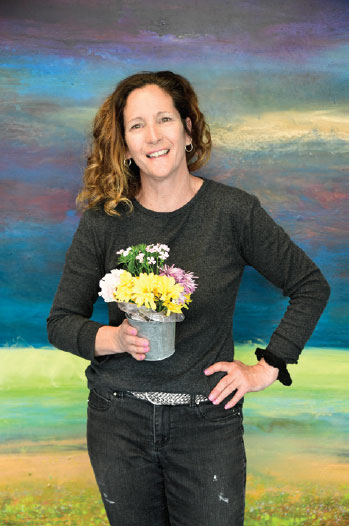
Unleashing Spirit
Transformation is a new perspective for Melissa Graves Brown
Melissa Graves Brown’s body of work spans more than three decades. Preserving her style while creating a recognized brand, her work is sought by art collectors and enthusiasts for its appealing draw, especially for those living in the Mountain West and beyond. As a prevalent Sun Valley, Idaho, artist, Melissa is known for painting layers of glistening air and spectacled drops in which trees, moons, mountains, and other elements of nature live and breathe on her canvas. Her work dazzles, but most of all, it inspires—dreaming trees, breathtaking groves, and warming hearts—she creates it all in her own unique, attractive style and within her mind’s eye.
“As I finish painting after painting for this new body of work, I was able to articulate a new voice for my work and myself. After 33 years, it feels like I have a superpower.
–Melissa Graves Brown, Artistt
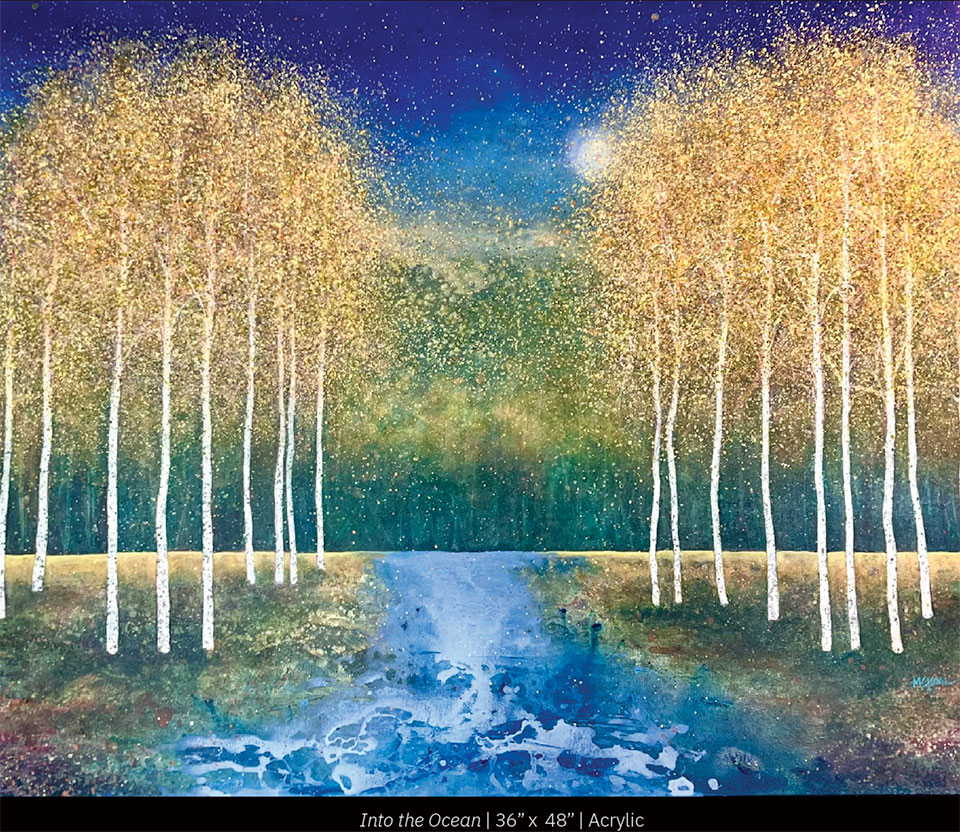
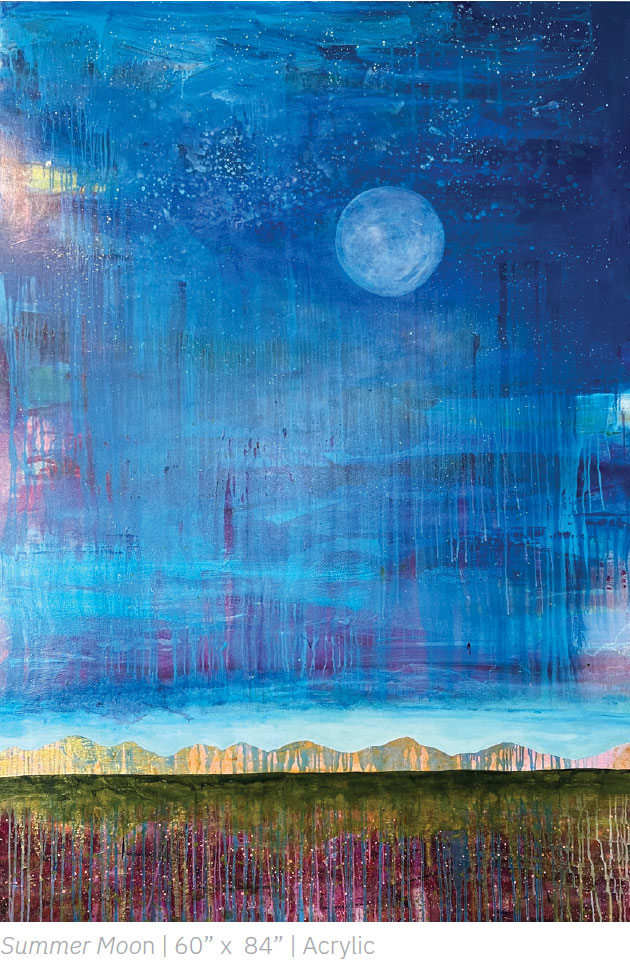
Melissa’s paintings have been branded, collected, exhibited, and permanently installed by many who live and work in Sun Valley, along with many who visit the area. She has provided countless nonprofits with her work for auction items and support. She has sold series upon series to her collectors, who are on constant standby, patiently waiting for the paint to dry on anything she does.
Like many artists looking to grow and expand their vision, Melissa has recently re-examined her vast amount of work so that she can deconstruct, reinvent, and discover a new approach to painting. “Someone said to me, ‘Your work is a reflection of you.’ So, I decided it was time to loosen up my paintings and break from my traditional approach,” she shares.
Melissa brings excellent insight and release to her approach in her new body of work. Utilizing a deeper palette of colors and allowing for paint to drip, run, and flow on its own, she is leaning toward a new post-modern style for her paintings, reflecting a feeling of drift, stream, and movement. Far from stagnant, Melissa’s unique perspective is fresh and alluring but familiar.
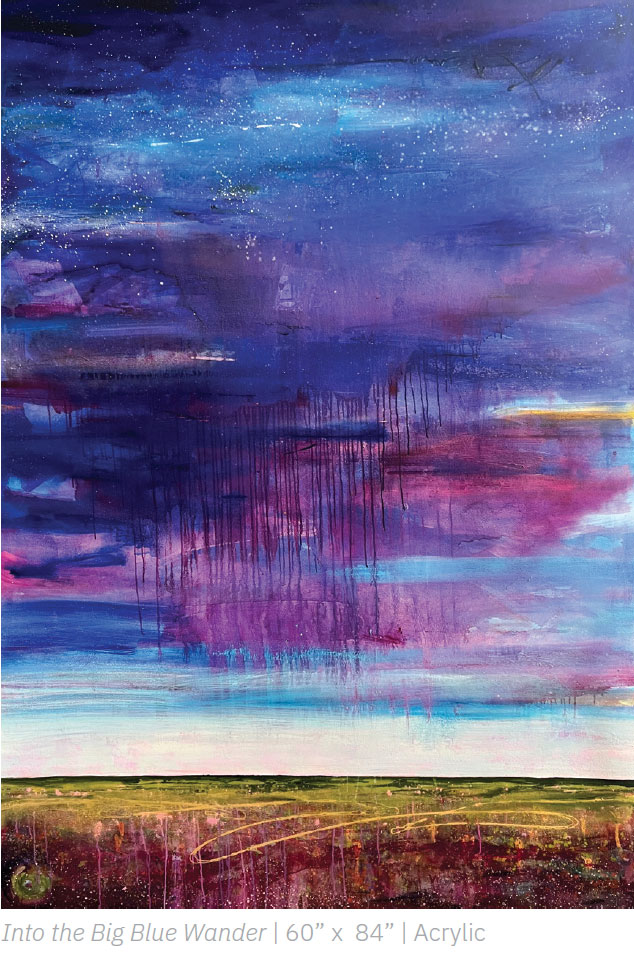
“As I finish painting after painting for this new body of work, I was able to articulate a new voice for my work and myself,” she says. “After 33 years, it feels like I have a superpower.”
A student of abstract art, the aspen tree first caught her attention, and she never looked back. To maintain her brand and identity, she has given her signature aspen a new perspective and added new matter, including the sea and waterscapes, which flow and swirl with a range of blue and aqua color streaming.
“These new works include ocean scenes as an abstraction of a new thought process for my work,” she explains. “I’m still recognizable, only adding new subjects, especially those related to water. As a visual person who works in nature, it has always been about the sky and, of course, the weather.”
Shuffling her feet on the sand or in the snow is a pattern that Melissa knows well. “It’s amazing how everything is so interconnected. Nature connects us as a family—a world,” she says. “Only, I’m reflecting and loosening up the process.”
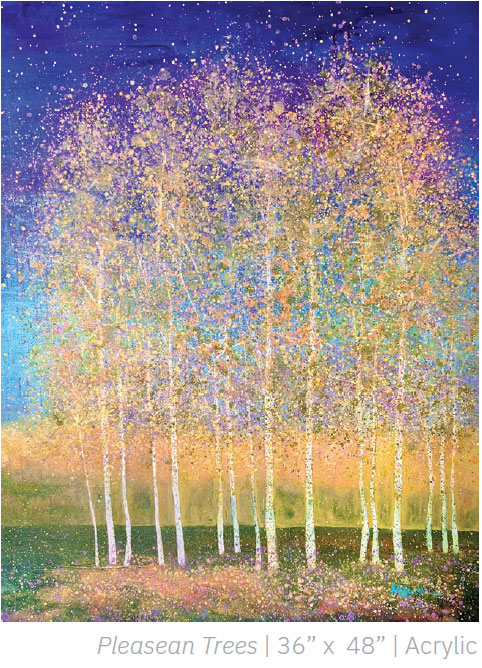
“I’m paying attention to what is happening around me and the world we live in. I’m following an intuition to bring about creativity. Utilizing the abstract form and color theory can be rewarding, informing my work for this new approach. It reflects myself and my life—it’s unknown, but I am brave.”
–Melissa Graves Brown, Artist
With more expression and newfound freedom of subject matter and paint application, Melissa is taking the drip as a path of least resistance, but not subtly. Her seven-foot-size paintings demand attention and study, which is something she knows well. “When you write a song, what do you write first, the lyrics or the music?” she asks. “I’m doing it because it’s the only way I know how.”
With more abstraction, an array of colors, and a wash of movement, but motivated by joy, Melissa presents her new work to evoke a feeling of happiness with an element of sophistication. “I’m paying attention to what is happening around me and the world we live in,” she says. “I’m following an intuition to bring about creativity. Utilizing the abstract form and color theory can be rewarding, informing my work for this new approach. It reflects myself and my life—it’s unknown, but I am brave.”
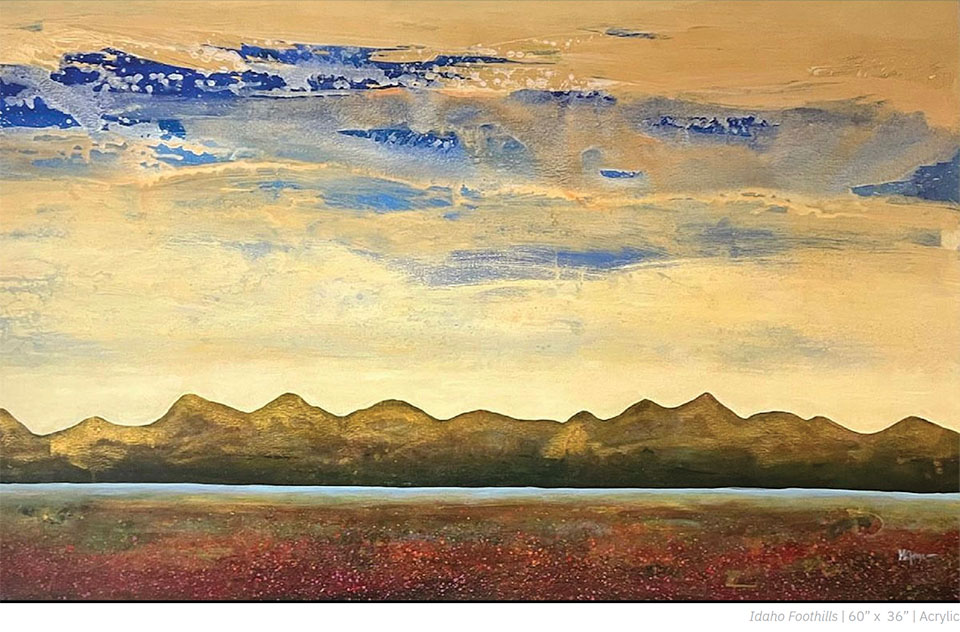
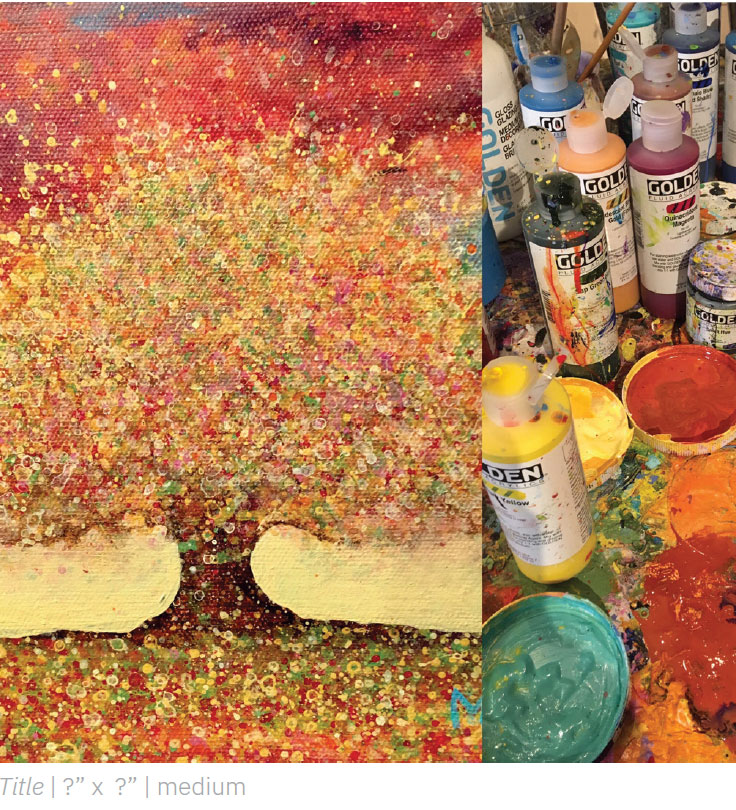
With decades of experience as a professional artist, Melissa knows painting, and she would like to continue bringing a new perspective to her work with new elements and vibrancy.
“For years, I would have patrons come to my studio and pick out work they wanted to buy, and I always wanted to fix the works before handing them over,” says Melissa. “Now, I am letting things go, which, for me, is unexpected but a great release leading me into a new realm, which I am ready to take on.”
“As a visual person who works in nature, it has always been about the sky and, of course, the weather.”
–Melissa Graves Brown, Artist
Providing a Presence for History
Blackfeet ledger artist and painter Terrance Guardipee discerns his workn
The intrigue surrounding ledger art as a traditional art form for Northern and Southern Plains Tribes is a connection to a tribal past, a lens to generations of storytelling, tradition, and heritage. For Terrance Guardipee, ledger art is a voice for the past in the present.
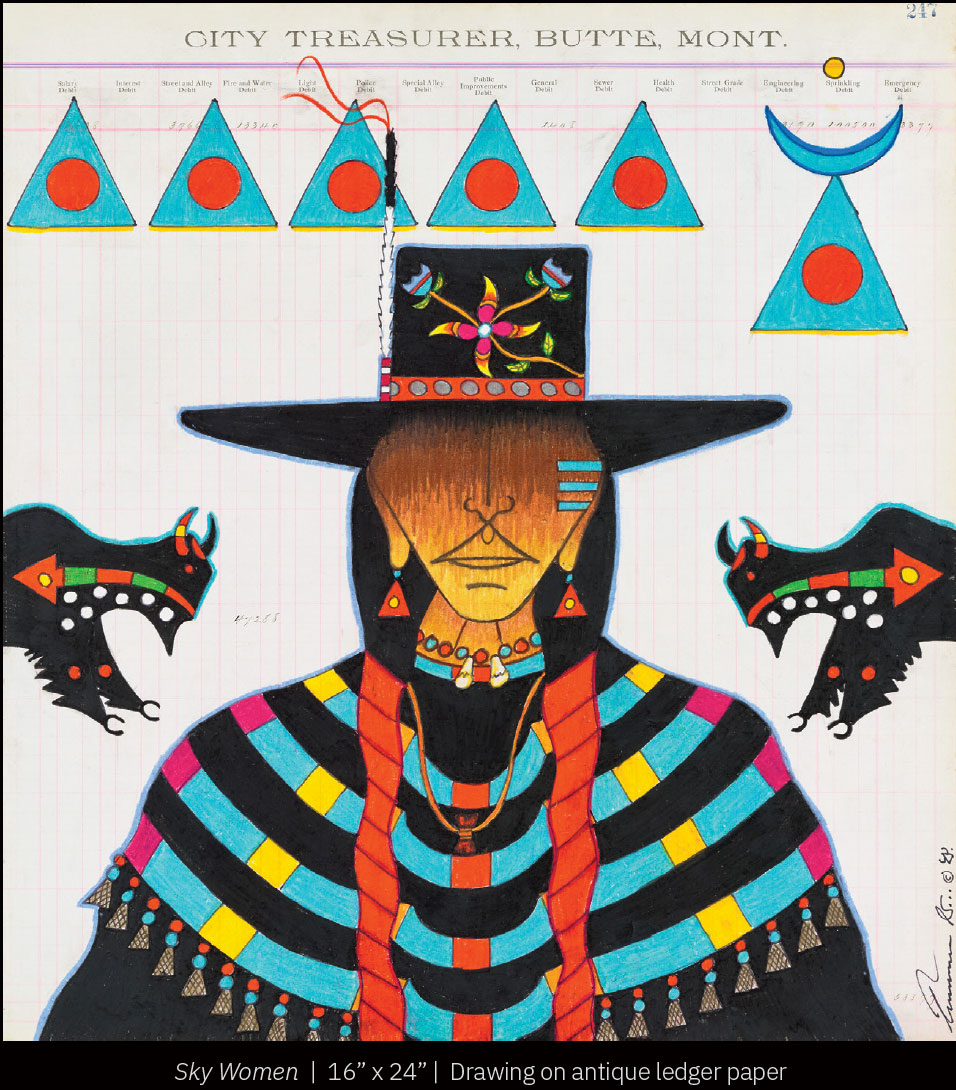
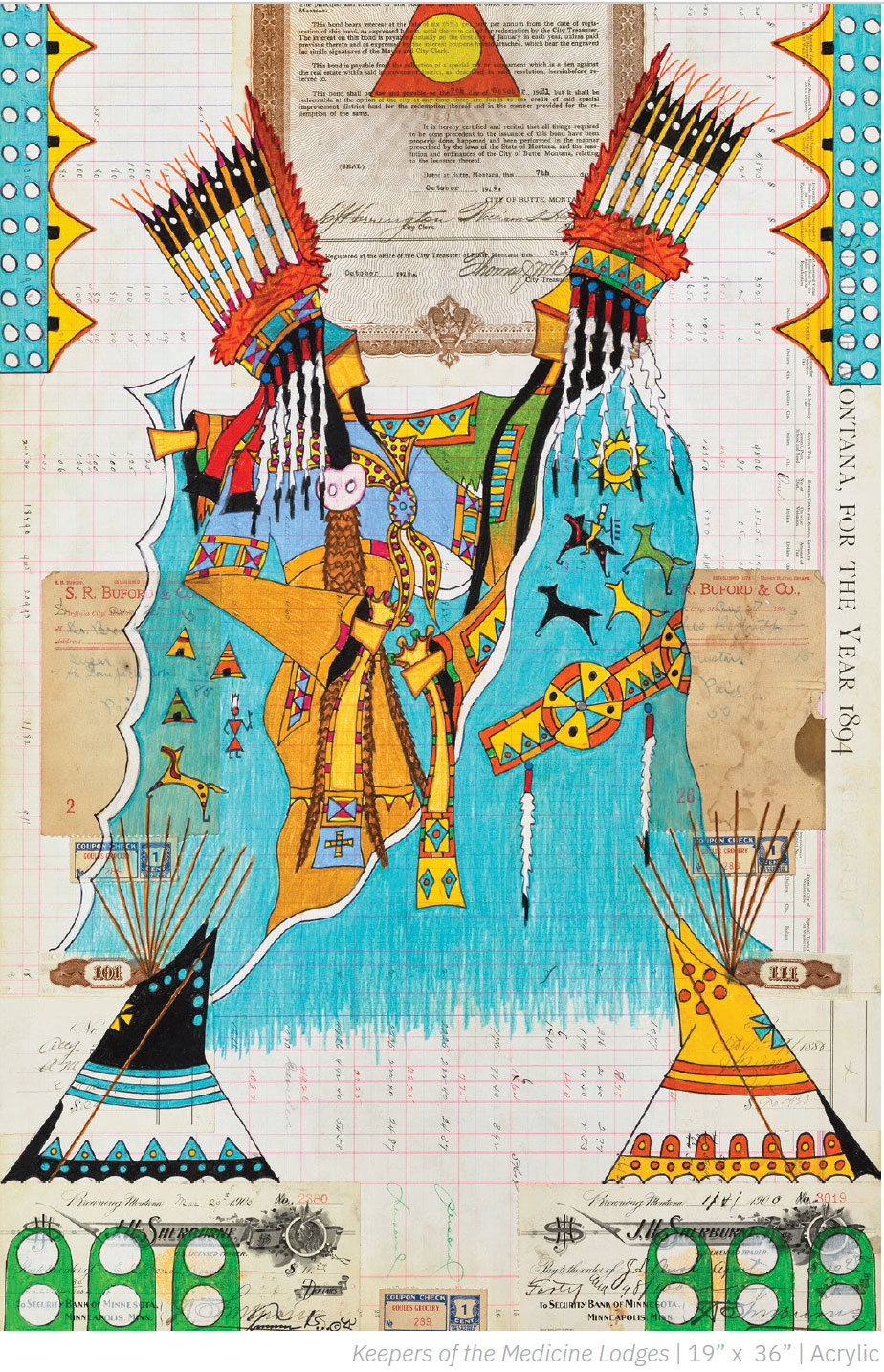
“The ledger art form is important to me,” explains Terrance. “But equally as important is the message in my art.” Evolving from historic hides, muslins, and ledger books, the history of ledger art as a narrative artistic form can be traced back to Native nations from the Great Plains. Bringing the past forward through his art, including original ledger paper, checks, receipts, war rations, or any document that Terrance was able to acquire with meaning, added to his craft.
“I had known about ledger art and was drawn to ledger art through art school, being interested in Native art,” says Terrance. “My mentor, George Flett, was a Spokane tribal member. He became my good friend, along with several others doing ledger art. There was a desire to bring ledger art back to life, onto the bigger stage, and to the Indian market.”
Terrance joined a group of five ledger artists, including George Flett, Dwayne Wilcox, Jim Yellowhawk, and Donald F. Montileaux. They all worked together to build a foundation for the resurgence of ledger art in the contemporary art world.
“We were doing shows and pushing this style of art around 1998-2004,” he says. “Each of us was on our path. I came up with my style and version of ledger art. I started using gas station maps. Eventually, my character grew, and I could show where I was from. When I acquired large ledger paper circa the 1880s-90s, about 36” x 19”, it was the largest I ever had.”
“People see many different things in ledger art, and I want the feel of original works, but with a modern twist in the colors, shapes, and figures I use.”
–Terrance Guardipee, Artist
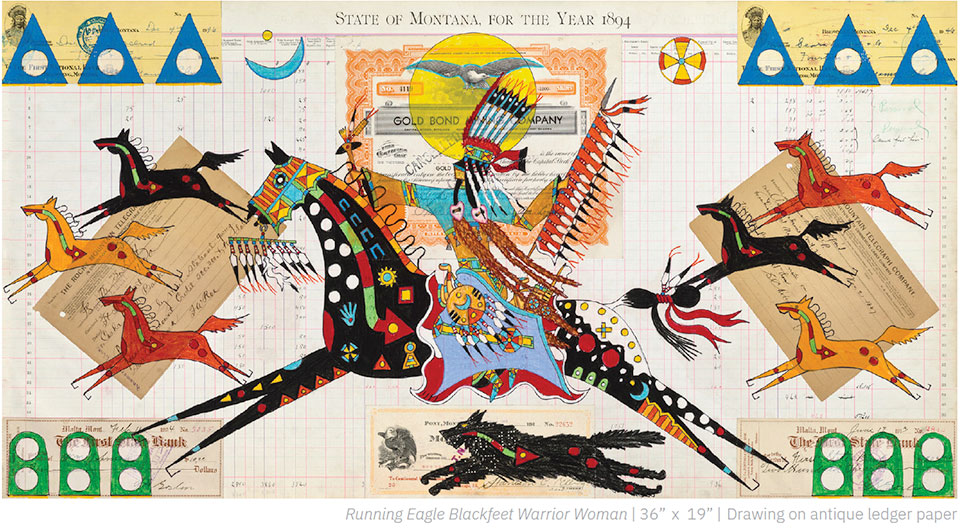
A constant collector, Terrance has acquired several sizes of ledger paper, offering a variety to collectors along with different collage elements of books and documents allowing him to work with many other materials. “It’s not just me doing everything. I concentrate on the art,” he says. “My daughter and wife help with many other parts needed to run the business aspects of my artwork.”
Perhaps the most attractive element of Terrance’s ledger art, besides the dynamic and color-saturated illustrations, designs, symbols, and characters, is his authenticity toward the subject matter and his process.
“I am not reinventing anything,” he says. “I’m not trying to change what was created by my people thousands of years ago. My art is being created inside and out of my spirit, soul, and mind. I see myself as a Blackfeet. People see many different things in ledger art, and I want the feel of original works with a modern twist in the colors, shapes, and figures I use.”
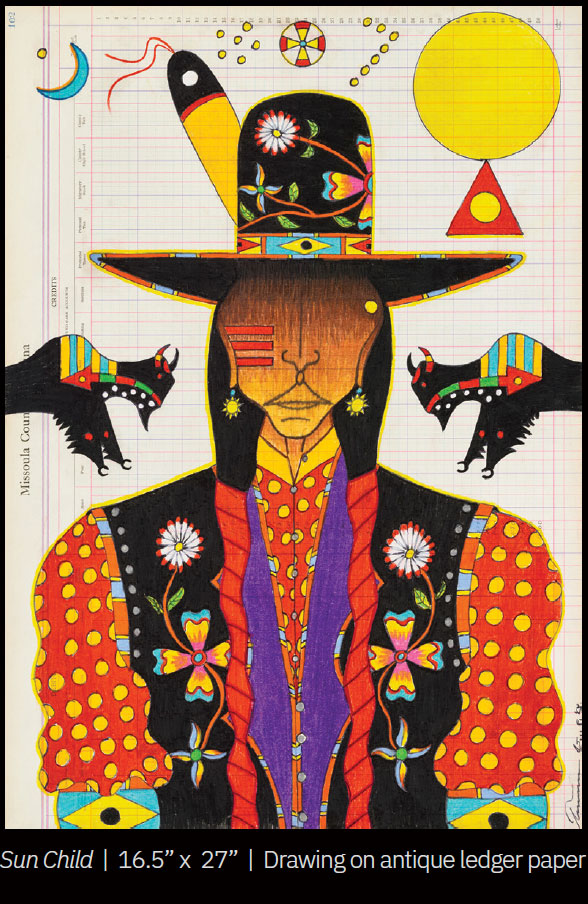
“I’m not trying to change what was created by my people thousands of years ago. My art is being created inside and out of my spirit, soul, and mind. I see myself as a Blackfeet. People see many different things in ledger art, and I want the feel of original works with a modern twist in the colors, shapes, and figures I use.”
–Terrance Guardipee, Artist
Beyond the artifacts intrinsic to ledger art, Terrance also includes specific design aspects from his Blackfeet tribe. He is an enrolled member of the Blackfeet Nation of Montana and illustrates his experience of Blackfeet culture in combination with his educational background in his artwork. Terrance participates in the traditional Blackfeet ceremonies he often depicts in his painting. He attended the Institute of American Indian Arts (IAIA) in Santa Fe, New Mexico, where he studied two-dimensional arts. His educational experience at IAIA enabled Terrance to incorporate the contemporary color palette he is known for in a manner consistent with Blackfeet tradition.
“I cannot speak for other tribes, but Blackfeet have cliff drawings or pictographs on rocks and buffalo robes with drawings on them called winter counts. I use the designs of war, journeys, and visions in my art that are specific to the Blackfeet. I know what they mean and how they were used. I took the time to research them and spoke to elders to learn about the symbols, what they mean, and how they were used—particularly the protecting symbols, which I place especially on my horses. When people purchase my art, I give them the option to use their phones to video, and I explain the piece to give an understanding of what is going on in my art. These videos have become very much like a business card.”
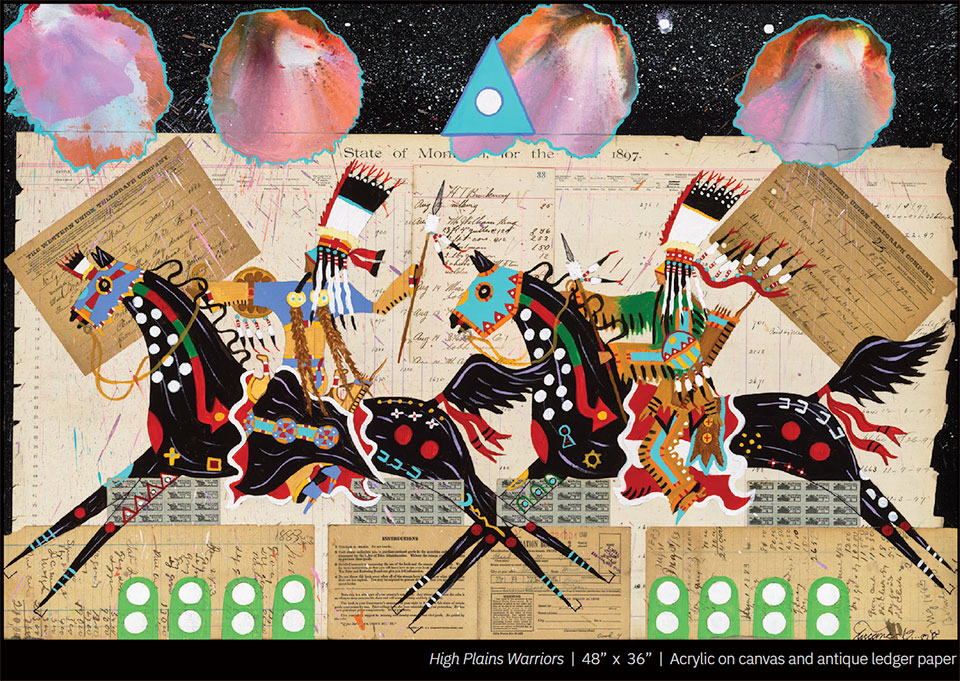
The innovation Terrance has demonstrated in his artwork has been internationally recognized by numerous museums, shows, and private collectors, including the Smithsonian Institute, the Gene Autry Museum, the Hood Museum at Dartmouth College, and the Museum of Natural History in Hanover, Germany. He was the featured artist at the National Museum of the American Indian in 2007 and was selected to create an image for The Trail of Painted Ponies at the 2008 50th Anniversary Heard Museum Indian Art Market. In 2008, Terrance was awarded first place in his category and best of division at the Santa Fe Indian Art Market. Terrance has placed first in the ledger art category at Santa Fe Indian Art Market numerous times since the category’s inception in 2008.
To learn more about Blackfeet ledger artist and painter Terrance Guardipee, visit his website at terranceguardipee.com, and follow him on Instagram at @terranceguardipee.
